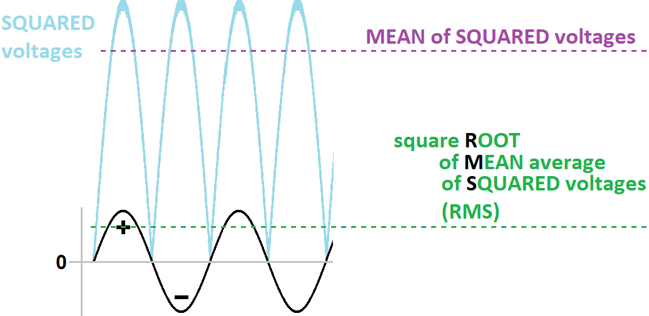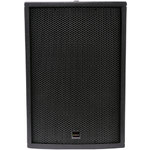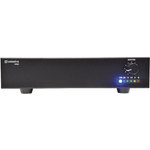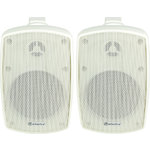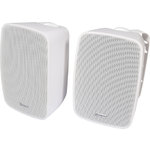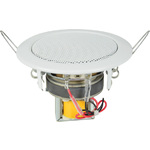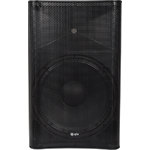There is much confusion about power ratings and output of amplifiers and loudspeakers. In order to clarify the different types of rating, it is necessary to understand some basics about audio signals.
Audio is a type of A.C. electricity, which stands for 'Alternating Current'. This means that electricity travels in one direction (+) and then the opposite direction (-) alternately. This is the same way that mains power electricity works.


